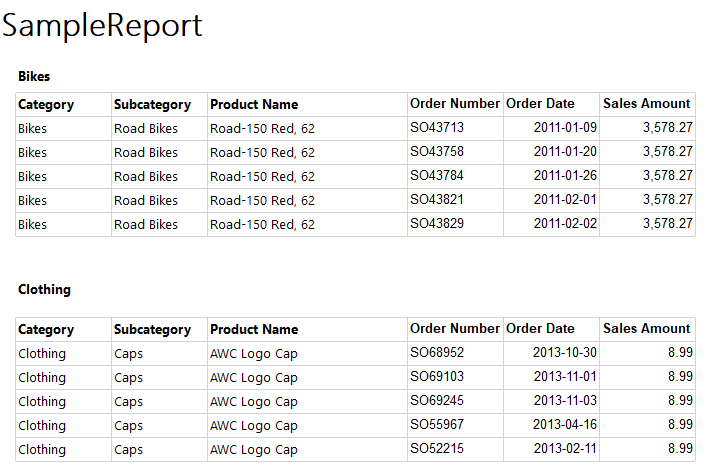5 Ways To Add Exponents

Introduction to Exponents

Exponents are a fundamental concept in mathematics, used to represent repeated multiplication of a number by itself. For instance, x raised to the power of n, denoted as x^n, means x multiplied by itself n times. Understanding how to work with exponents is crucial for various mathematical operations, including adding exponents. In this article, we will explore five ways to add exponents, making it easier to grasp and apply this concept in different scenarios.
Understanding the Basics of Exponents

Before diving into the methods of adding exponents, it’s essential to understand the basic rules and properties of exponents. These include: - The product of powers rule: x^a * x^b = x^(a+b) - The power of a power rule: (x^a)^b = x^(a*b) - The power of a product rule: (x*y)^a = x^a * y^a These rules are foundational and will be referenced throughout the discussion on adding exponents.
Method 1: Using the Product of Powers Rule

The first method involves using the product of powers rule to add exponents. This rule states that when multiplying two powers with the same base, you add the exponents. For example: - x^2 * x^3 = x^(2+3) = x^5 This method is straightforward and applies to any situation where you are multiplying powers with the same base.
Method 2: Applying the Power of a Power Rule

The power of a power rule is used when you have a power raised to another power. This rule is essential for understanding how to handle nested exponents. For instance: - (x^2)^3 = x^(2*3) = x^6 This method helps in simplifying complex expressions by multiplying the exponents.
Method 3: Utilizing the Power of a Product Rule

When dealing with the product of different bases raised to the same exponent, the power of a product rule comes into play. This rule dictates that you raise each factor to the power. For example: - (x*y)^2 = x^2 * y^2 This method is useful for expanding expressions that involve multiple bases and a common exponent.
Method 4: Adding Exponents with Different Bases

Adding exponents with different bases requires careful consideration. Unlike the previous methods, you cannot directly add the exponents if the bases are different. Instead, you would simplify each term separately and then add them if they have the same base and exponent. For instance: - x^2 + y^2 cannot be simplified further without additional context or rules. However, if the bases are the same but the exponents differ, you might need to factor or use other algebraic techniques to simplify the expression.
Method 5: Using Algebraic Manipulation

The fifth method involves using algebraic manipulation to add exponents. This can include factoring, expanding, or using identities to simplify expressions. For example: - Factoring out a common term: x^2 + x^3 = x^2(1 + x) - Using algebraic identities: (x + y)^2 = x^2 + 2xy + y^2 This method is versatile and can be applied to a wide range of problems involving exponents.
💡 Note: When working with exponents, it's crucial to remember that the rules mentioned above only apply when the bases are the same. Different bases require different approaches, often involving simplification, factoring, or other algebraic techniques.
To summarize the key points, understanding and working with exponents involve recognizing the different rules and properties that apply to various situations. From the product of powers rule to algebraic manipulation, each method provides a tool for simplifying and solving problems that involve exponents. By mastering these techniques, individuals can enhance their mathematical skills and tackle more complex problems with confidence.
What is the product of powers rule in exponents?

+
The product of powers rule states that when you multiply two powers with the same base, you add the exponents. For example, x^2 * x^3 = x^(2+3) = x^5.
How do you apply the power of a power rule?

+
The power of a power rule is applied by multiplying the exponents when a power is raised to another power. For instance, (x^2)^3 = x^(2*3) = x^6.
Can you add exponents with different bases directly?

+
No, you cannot directly add exponents with different bases. Instead, you would need to simplify each term separately or use algebraic techniques to manipulate the expression.



